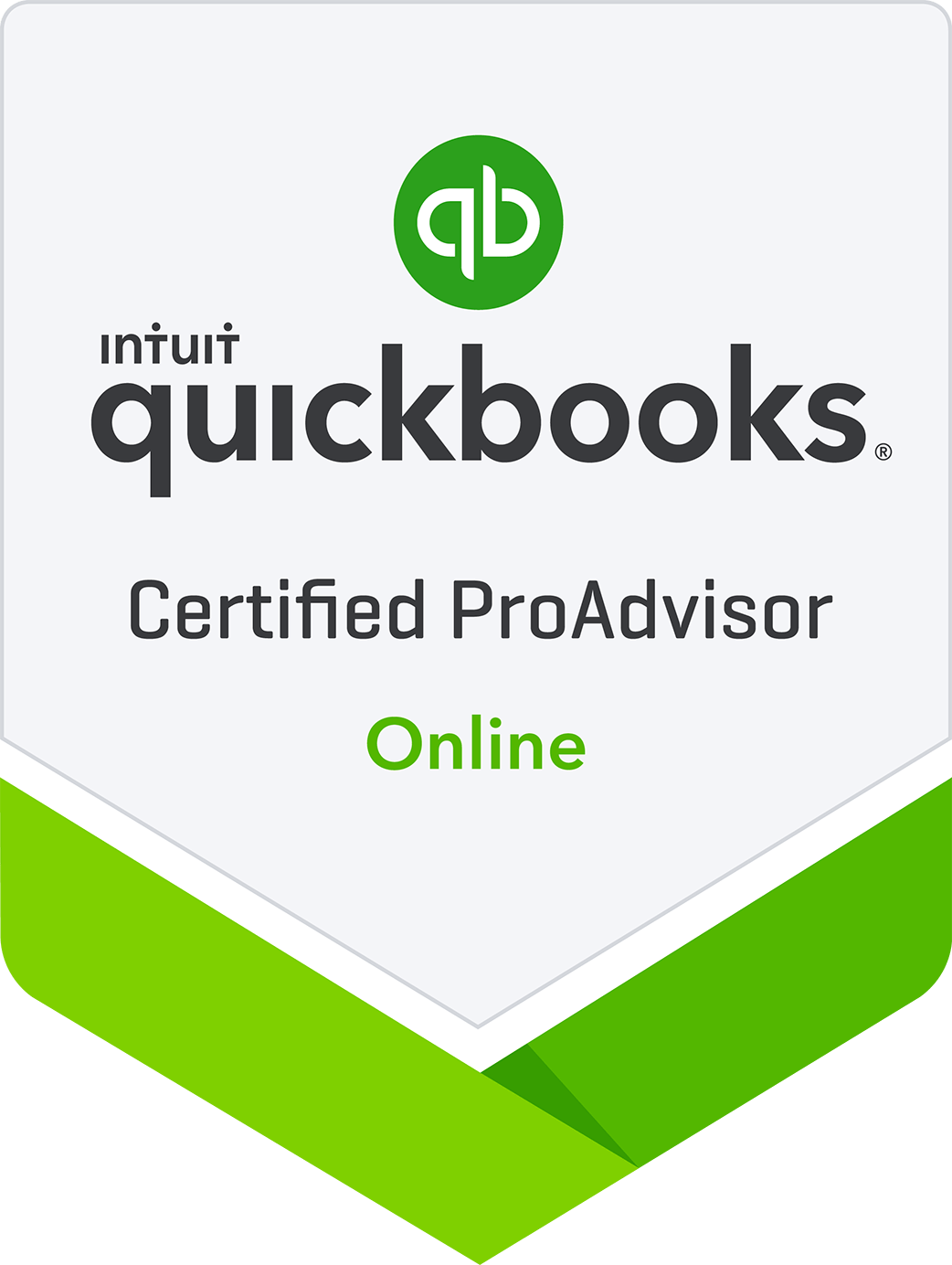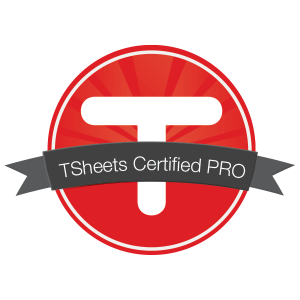Do you know if your marketing efforts are paying off? More importantly, do you know which marketing campaigns and channels are profitable and which are losing money?
Marketing is one of the toughest areas to calculate return on investment, and one of the reasons is because customers may have had contact with your company in multiple ways before they make a purchase. Other reasons such as a lack of systems are more easily solved and can give you valuable information that you can make smart decisions with.
One main goal of marketing is to acquire leads that will hopefully turn into buying customers and even repeat customers. To start measuring your marketing efforts, we need to find out where those leads are coming from and measure which ones became your customers. That means we need to develop a system that tracks a customer from lead source to sale.
The hard part is that some of this needs to be done outside the accounting system. The good news is that there are many tools and analytics available to help in this process.
One of the first things to do if you don’t already have it set up is to record the lead when they enter your sales process. Enter basic information about them in your CRM (customer relationship management system), and be sure to ask them how they found out about you. This will help you track the lead back to the campaign or channel that they came in on. Once they’ve made a purchase, you can connect the lead to the customer record and track revenue by marketing source.
If your leads come in digitally, there are many automated tags you can set up to track where they originated, whether it was from the web site, a particular web page, a social media account or a link from an email you sent out.
An important statistic for businesses is cost per lead, how much it costs to generate one lead for your business. The cost will vary by channel or marketing source. For example, someone coming from your website will cost less than someone coming from social media in most cases.
Once you know how many leads to generate to make a sale, you can start calculating what your marketing budget should look like. More importantly, you’ll be able to forecast your revenue more accurately, too.
While numbers are probably the last thing you think about when you’re doing your marketing, they can be very effective for your bottom line. There are many metrics beyond cost per lead that would be valuable to measure as well. Here are just a few of them:
- Number of leads (in total or per channel)
- Number of press mentions
- Number of direct mail pieces sent out
- Number of email subscribers
- Number of social media connections per platform
- Number of posts sent, number of shares, number of comments
- Total web visitors, new and returning
- Google rankings for keywords
- Number of customer reviews per site, ratio of positive to negative reviews
You might not think of accountants when you are doing your marketing, but we encourage you to think about the “numbers” part of marketing, the financial side. And as always, if you want help developing these processes and metrics, please reach out.



 Want a free consultation with us? Give us a call or send us an email to claim your complimentary consulting session.
Want a free consultation with us? Give us a call or send us an email to claim your complimentary consulting session.




